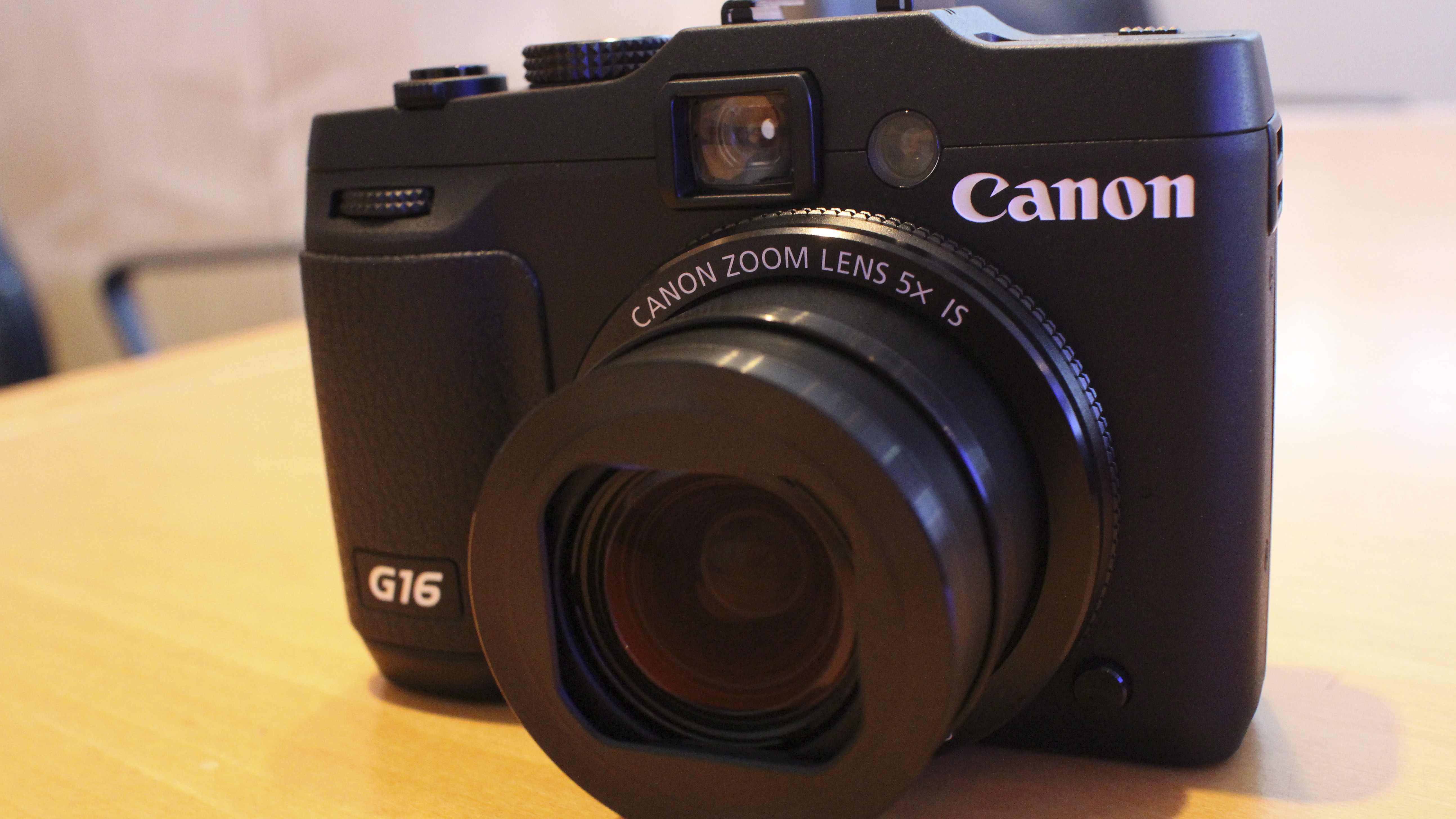Why you can trust TechRadar
The Canon G series has always put in a fantastically solid performance, and happily the G16 is no different.
Once again Canon has manufactured something which is capable of producing excellent images, while also managing to improve on its predecessor.

Colours are very well saturated, displaying the pleasing tones that we've come to expect from Canon cameras. If you want to add extra punch to your images, you can shoot with "My Colors", which reproduces certain types of film stock, such as Positive. It's worth noting that you can't use these while shooting in raw format though.
If you want to experiment with different filters and so on, there is also a dedicated mode for such things, where filters such as fish-eye and toy effect are included. Some of these are great fun to experiment with, and we'd recommend having a go with all of them to see if they appeal. Again, you can't shoot with them in raw format, and as it's a separate mode you also lose control over settings such as aperture, which is a shame.
Leaving the camera to do a lot of work for you is no problem with the G16. Automatic white balance does an excellent job of producing accurate colours, though it does tend to err slightly towards the warm side of things when shooting under artificial lights. Similarly, all-purpose metering does a pretty good job in the majority of conditions, only suffering slightly under high contrast situations, in which case switching to spot metering is beneficial.
Focus speed
Focusing speeds are generally pretty quick and accurate, although they're not as instant as the speeds displayed by some of the better compact system cameras on the market. Focusing is a little slower in low light, but again it's generally accurate when it does get there. Macro focusing can be activated for shooting frame filling close-up shots, with the G16 capable of producing some finely detailed macro shots, especially good for nature and flower photography.
Low light performance really needs to impress with cameras like this, especially when it's in direct competition with the high performing Sony RX100 II. Shooting at mid-range sensitivities such as ISO 800 does show some evidence of image smoothing if you examine images at 100%, but the amount of detail kept is generally pretty impressive, while noise is relatively low. Images look great at normal viewing and printing sizes, such as A4.
If you increase that sensitivity to the higher reaches of around ISO 3200 for example, then more image smoothing does start to appear along with more evidence of noise. Again though, if you're sharing or printing at normal or small sizes then the pictures are more than adequate. The good news is that as the lens is capable of stopping down to f/1.8, you may find you don't need to use higher sensitivities all that often anyway.
Intelligent IS helps when shooting handheld in low light or at the far end of the telephoto lens, keeping images sharp and blur free even at relatively long shutter speeds. The G16 is also fitted with a Digic 6 processor, which helps with the fast frame rate of up to 9.3fps. The processor also means that you can be shooting continuously until you got the shot you need without having to wait for very long buffer times.
Images taken at the far end of the telephoto zoom lens display a good level of detail. There is a significant loss of detail when using the digital zoom, as is to be expected, but it's useful to have if you really need the extra reach. You could also shoot in raw format and crop into an image in post production if you need to keep a raw version of the file.
Current page: Performance
Prev Page Build quality and handling Next Page Image quality and resolutionAmy has been writing about cameras, photography and associated tech since 2009. Amy was once part of the photography testing team for Future Publishing working across TechRadar, Digital Camera, PhotoPlus, N Photo and Photography Week. For her photography, she has won awards and has been exhibited. She often partakes in unusual projects - including one intense year where she used a different camera every single day. Amy is currently the Features Editor at Amateur Photographer magazine, and in her increasingly little spare time works across a number of high-profile publications including Wired, Stuff, Digital Camera World, Expert Reviews, and just a little off-tangent, PetsRadar.

